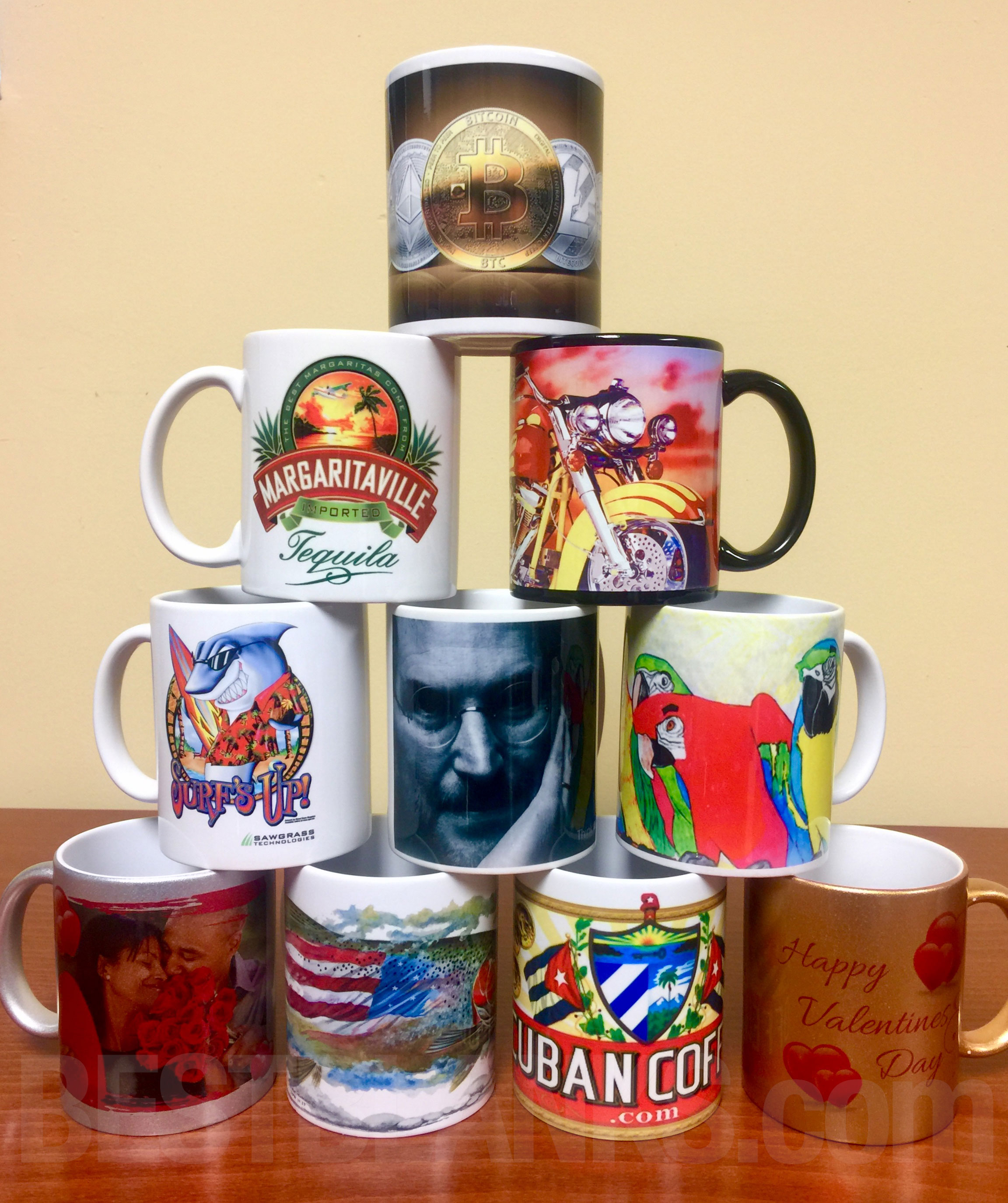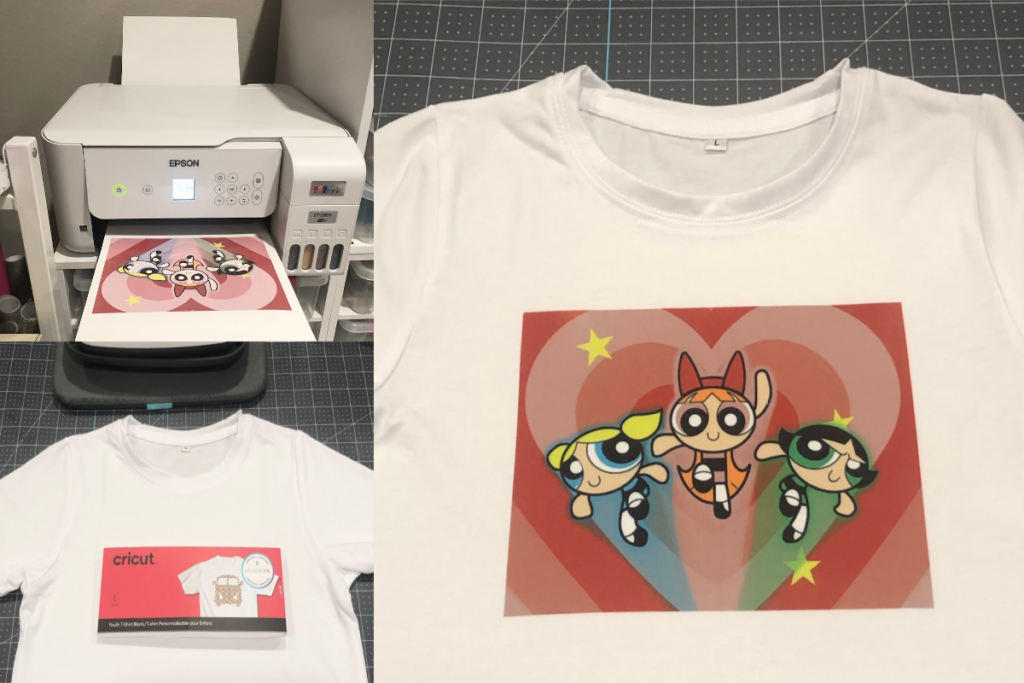A Comprehensive Overview to the Different Types of Fabric Printing Techniques
Each approach, from the thorough workmanship of block printing to the quick performance of display printing, offers one-of-a-kind purposes and offers distinct benefits. Digital printing's adaptability and environmental consciousness stand in stark comparison to the speedy modification of heat transfer printing.
Block Printing
Block Printing, one of the oldest methods of textile decor, has a rich history that dates back to old people. The process involves sculpting elaborate designs into wooden blocks, which are then dipped in dye and pressed onto fabric to produce patterns.
The precision and workmanship entailed in block printing make it a labor-intensive process, yet it also permits a high level of customization. Craftsmens can produce unique patterns by combining different blocks or differing the application of dye. This adaptability has added to the enduring popularity of block printing in both conventional and contemporary fabric design.
Block printing is specifically valued for its visual qualities, including the slight variations in pattern and shade that arise from the hand-printing procedure. These flaws offer a distinct personality to every item, differentiating it from mass-produced fabrics. Regardless of advancements in modern-day printing technologies, block printing continues to be a cherished technique, commemorated for its historical importance and imaginative value.
Screen Printing
Display printing, an additional popular fabric decor technique, has actually revolutionized the industry with its performance and versatility. This technique includes developing a pattern, called a display, and utilizing it to use layers of ink on the printing surface. Each shade in the design calls for a separate display, which allows for complex and vivid multi-colored prints.

One of the essential advantages of screen printing is its versatility to different sorts of materials, consisting of cotton, polyester, and blends. This method is especially appropriate for large-volume orders because of its cost-effectiveness and speed. The longevity of the prints is an additional substantial advantage, as the ink bonds well with the textile, making certain durable layouts that hold up against numerous laundries.
As soon as dried out, the style is transferred onto the emulsion-coated display making use of a UV light source. Ink is then pushed with the pattern onto the textile utilizing a squeegee.
Screen printing is widely made use of in the apparel industry, advertising products, and custom garments. Its capability for top notch, in-depth prints secures its standing as a foundation technique in fabric printing.
Digital Printing
Digital printing has swiftly become an innovative technique in the textile sector, leveraging sophisticated technology to create high-resolution designs straight onto fabric. Unlike typical techniques, electronic printing utilizes inkjet printers to down payment pigment or dye-based inks onto textiles, enabling vivid and detailed patterns with an exceptional level of detail and shade accuracy.
One of the primary advantages of electronic printing is its adaptability. This method allows for on-demand printing, which substantially lowers waste and minimizes inventory costs.
Moreover, digital printing is eco-friendly. sublimation printing. It utilizes water-based inks and calls for much less water and power compared to conventional techniques, aligning with sustainable methods. The accuracy of digital printing likewise allows making use of a broader series of textiles, consisting of cotton, silk, polyester, and blends, making certain versatility across different applications
Warm Transfer Printing
Exactly how does over here heat transfer printing change fabric layout? Warmth transfer printing includes making use of warmth and pressure to move a style from a particularly developed paper onto textile.
One of the key advantages of warmth transfer printing is its ability to produce high-quality, in-depth images swiftly and efficiently. It is especially fit for small manufacturing runs and customized orders, making it a prominent selection for individualized clothing and advertising items. Furthermore, this strategy is versatile, fitting numerous kinds of materials consisting of cotton, polyester, and blends.
In addition, heat transfer printing is relatively economical compared to other techniques, as it calls for minimal setup and lower preliminary financial investment - Branded clothing. This affordability, combined with its ability for producing vibrant, resilient prints, emphasizes its crucial duty in modern fabric design

Dye Sublimation Printing
Dye sublimation printing, an innovative textile printing method, offers unparalleled vibrancy and long life for designs on various artificial materials. The published transfer paper is after that placed on the fabric, and both are subjected to high warmth and pressure making use of a warm press.
One of the vital advantages of dye sublimation printing is its capability to generate continuous-tone prints with complex details and lively colors. Unlike various other printing methods, the color enters into the material instead of sitting on top of it, resulting in a breathable and soft finish. This strategy is particularly reliable on polyester and other artificial products, making it a prominent selection for sportswear, banners, and home fabrics. Additionally, color sublimation is environmentally pleasant, as it requires no water and creates his comment is here marginal waste, lining up with lasting manufacturing methods.
Conclusion
Block printing is prized for its artisanal top quality, while display printing is useful for high-volume manufacturing. Digital printing gives convenience and ecological advantages, whereas warmth transfer printing is excellent for quick modification.
Each technique, from the thorough workmanship of my explanation block printing to the quick performance of display printing, serves distinct purposes and offers distinct advantages. Digital printing's flexibility and ecological consciousness stand in stark comparison to the quick personalization of warm transfer printing. Despite advances in modern-day printing modern technologies, block printing continues to be a valued method, celebrated for its historic relevance and creative value.
Dye sublimation printing, an innovative fabric printing technique, supplies unequaled vibrancy and durability for designs on numerous synthetic fabrics. Digital printing gives adaptability and environmental advantages, whereas warm transfer printing is ideal for quick personalization.